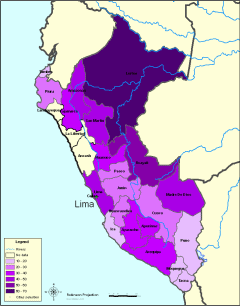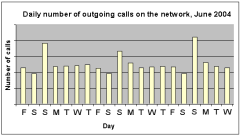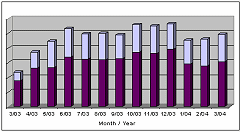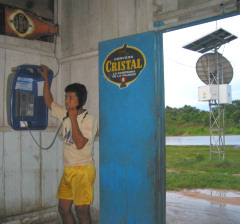Abstract of Master degree thesis work
Department of Geography and Environmental Studies, University of Haifa
Guy Shachar, February 2005
A satellite telephone system installed by Gilat has been operational in Peru since 2001, serving thousands of rural communities throughout this vast country. The issue of communications technologies infrastructure and development of rural areas was previously studied. Findings from those studies do not imply for an obvious correlation between provision of telecommunications means and socio-economic development, and rather claim that implementation of such technologies may support such development and should be complemented by additional actions.
In this quantitative study, traffic data from the Peru network were obtained and analyzed by various criteria. Findings from the analyses revealed characteristics of the network usage by the villagers. These characteristics include the evolution of telephone usage over time after it was installed in the village, nature of phones usage along the day and the week, characteristics of international calls, and spatial features concerning interactions among rural communities, between rural and urban locations, and differences in traffic characteristics among various areas in Peru.
Findings provide evidence to the importance of phones usage for maintaining connections among people in Peru and with Peruvians who live abroad, and emphasize the significance of communications for isolated communities and areas which are far from the capital. Influence of the physical regions of Peru is spotted as well, mainly showing that villagers from tropical areas tend to communicate much more intensely than villagers from rough mountainous areas. Some of the findings are also supported by impressions from a field trip that was conducted in selected rural sites both in a tropical area as well as a mountainous area. It was also found that some communities, especially extremely poor ones, do not know how to benefit from using the phone, thus implying for the need to enhance the provision of technology by providing value added services promoting the villagers.
The study presents a pioneering methodology for the transformation of raw traffic data into geographical conclusions. Hence, it includes detailed descriptions of the scenarios performed in each of the analyses in order to achieve the desired findings, so such methodologies can be implemented in future studies on other telecommunications networks anywhere in the world.
Download the full thesis paper from here



